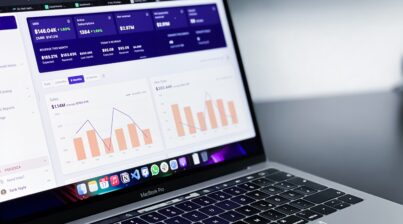With today’s tech boom, there’s an overwhelming number of vendors providing software solutions for HR processes. They all aim to solve HR problems by alleviating the administrative burdens for HR teams. The right HR system or suite of systems can allow HR to shift from operational support to strategy.
The right fit for your needs
Finding the right system takes some research. The first step is an internal analysis of the organization’s current state and needs. A smaller organization will have different needs than a global company with hundreds of thousands of employees. Also, your organization’s culture is also important. Do you have tech-savvy employees who will appreciate an engagement tool or do you need something simpler to lessen frustrations?
But, the process of choosing your HR systems is not easy even after you do all the internal research. Now you have to do the external assessment for the system itself. If you google HR systems, you’re likely to come across these three acronyms, HRMS, HRIS, or HCMS. It can be confusing to figure out what the difference is to ensure you’re finding the right system for your organization’s needs.
What are HRIS, HCMS, and HRMS?
On a fundamental level, all three are software whose purpose is to manage the employee data of your organization’s workforce. So that may lead you down the path of using the terms interchangeably. But, the acronyms do all stand for different things.
HRIS is Human Resources Information System
HRMS is Human Resources Management System
HRMS is Human Resources Management System
HCMS is Human Capital Management System
Unfortunately, because system providers tend to use these terms interchangeably, there are no clear lines between the three systems. They do overlap and essentially build upon each other to create all-encompassing HR solutions.
But what’s the difference between the three?
Starting with the HRIS, it’s the most basic of the HR systems. It’s sometimes referred to as the “core” system as it’s purpose is to collect and store the employee data. The data collected includes job, function, department, salary, personal demographics, etc. It helps HR maintain compliance and complete basic HR functions like payroll processing.
Going to HCMS and HRMS is where things become a bit less defined. Generally, HRMS is considered the next step as it includes everything your HRIS does with the added component of talent management. The best HCMS will help you manage your full performance management process, like performance reviews and succession planning.
Lastly, HRMS is the most robust of all three variations of HR systems. This is where your HR systems can really maximize your team’s ability to be more strategic. Not only are the functions of an HRIS and HCMS covered, but the right HRMS will open the door for more advanced analytics. For an international company, the ideal HRMS can support multiple currencies and languages. It can also support more stages of the employee lifecycle like onboarding and engagement.
Not all tech is the right fit. Make sure to spend the time to figure out what your organization truly needs and whether an HRIS, HCMS, or HRMS is the right solution. Hopefully understanding the different acronyms will help on that search.
Our HR dashboard is a key tool to effortlessly create metrics by integrating with your HR systems. Sign up today for a free demo of our HR dashboard.












